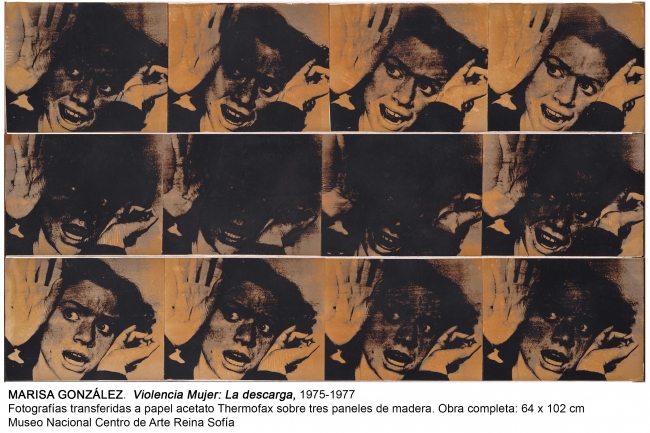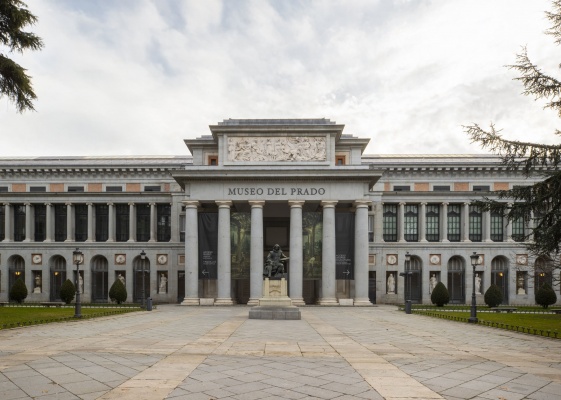Descripción de la Exposición
Trace, a mark, an object, or other indication of the existence or passing of something or someone, a sign, a footprint, a vestige, a clue. Space as the area that is in the interval between limits, an empty place that can be occupied, a region, an extension of the universe, or a set of circumstances.
Every presence leaves a trace in space. The latter is in itself a trace, especially when created and constructed by the human, inscribed as footprint, as vestige. A physical space that can be a place, or a non-place, as defined by Marc Augé, that is, being interchangeable, devoid of meaning that allows it to be established as its own place. In it, within it, the human being remains anonymous.
It is precisely this anonymity that is discussed and summoned here, which arises from the perception of a human presence in the space, despite the lack of a physical body. For, in the same way that there is no non-place without the place, since one exists in relation to the other, presence is also found in absence.
But the space is also something abstract, whether linguistic, plastic or creative, as in the artistic realm, and it is precisely from here that this exhibition emerges, that is, from the recognition of the broad and comprehensive field of possibilities that the two concepts encompass: the infinite extension of the spatial, and the vast nature of what is the trace. In a composition of several works, that unfolds and unravels throughout the gallery, spaces and traces are transposed, continuously and uninterruptedly, whether complementing, whether confronting each other. With them, through them, the human presence is revealed.
From here, different dimensions are found and crossed. The human as a social being, explored in volumetry by Isaque Pinheiro, the sculpture that emerges from the drawing, and that lays between the two and three-dimensional spaces, with Diogo Pimentão, in relation to the materiality of copper, displayed in challenging angles and perspectives, by Marisa Ferreira. The brutalist architecture of churches in Belgrade and Tokyo, captured by Inês d'Orey, and the permeability of the perception of contemporary architecture, explored by Roland Fischer, both in contrast with the space of the past, of the archaeological, evoked by Maria Trabulo through reproductions the Raqqa Museum’s floor. From the gestures of Teresa TAF, that deeply explore matter and light, to the paper prints manipulated as dynamic structures by Mafalda Santos. Between different experimental fields, from the one of the images, where mechanisms of capture and representation operate, with Noé Sendas, to the one of the body, where the space of memory and affection is revealed, in the work of Vasco Araújo.
We thus immerse ourselves in multiple artistic practices, in different expressions and manifestations, languages and discourses. And if, at some instances, the spatial materiality is particularly emphasized, while at others the human presence stands out, it is through the articulation of both that the exhibition rises and consolidates itself as a unit. Between body and matter, interior and exterior, artist and artistic object, with creations as distinct and distant as contiguous. Because, in the same way that everything that the human creates is his space and his trace, the artwork is also a trace, the artist's trace.

Exposición. 21 may de 2025 - 22 sep de 2025 / Museo Nacional Centro de Arte Reina Sofía (MNCARS) / Madrid, España

Formación. 30 oct de 2025 - 11 jun de 2026 / Museo Nacional del Prado / Madrid, España